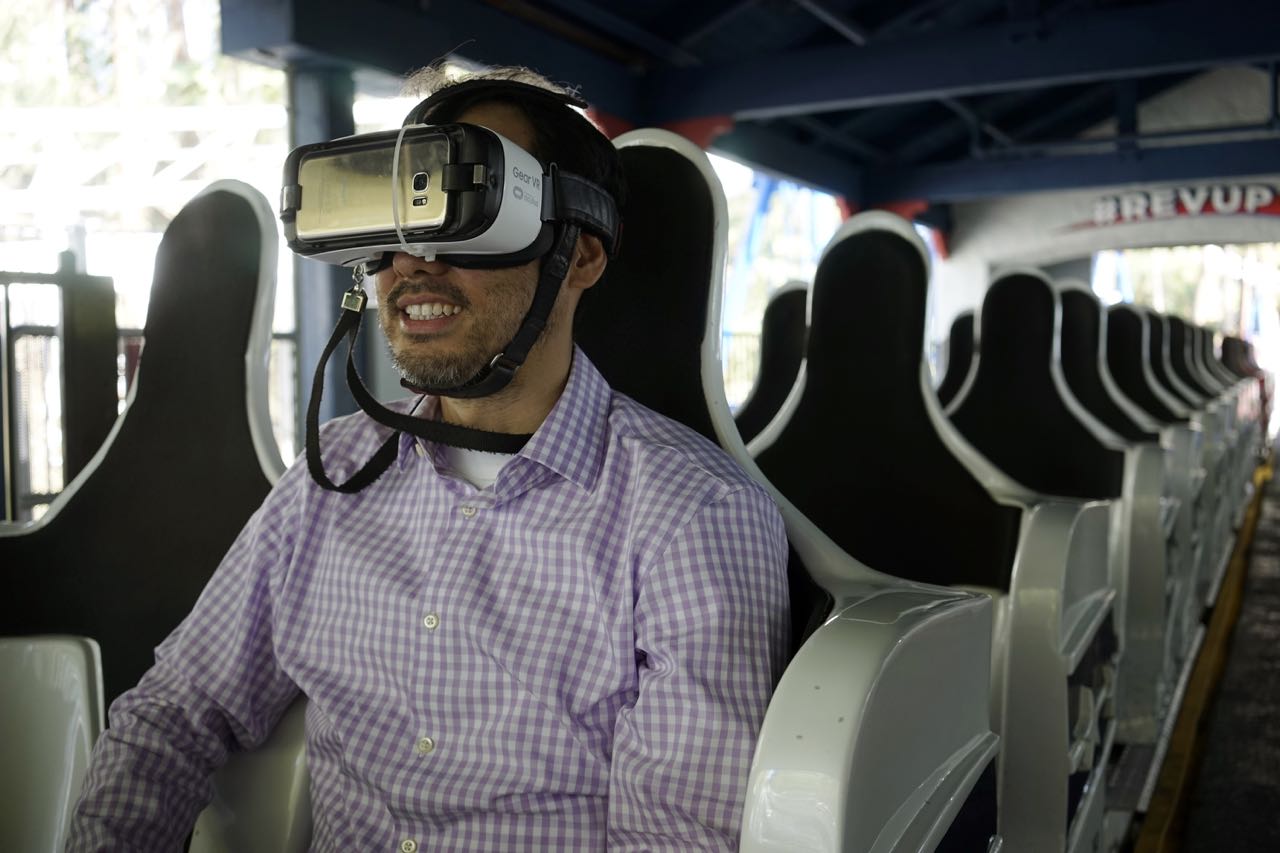Newsrooms around the world are experimenting with virtual reality more and more, but mass adoption of the medium has been slowed by the lack of quality content and an industry-wide inability to make money from it.
That’s the gist of a new report, released this evening by the Reuters Institute for the Study of Journalism, that tracks adoption of and experimentation with virtual reality at major legacy news organizations around the world, including The New York Times, the USA Today Network, Die Welt and The Guardian.
Although there are benefits to getting a jump on virtual reality, including a lead on potential business leads and an enhanced storytelling capacity, investments in the medium haven’t yet paid dividends, according to the report:
Many news organizations have used partnerships with tech companies such as Google and Samsung to expand their VR operations. But monetization remains a central challenge for news VR: no one has yet cracked either ad-or subscription-based models for making the technology pay.
Another looming challenge is the sheer lack of virtual reality content to market to users or sell to advertisers. Experimentation has produced solutions to technical storytelling challenges, but those solutions haven’t been applied en masse to audiences, according to the report.
The proliferation of content created through experimentation is solving some of the challenges involved in VR/360 storytelling. Journalists and news organizations are devoting more time to thinking about what works in VR, and as a result news VR is expanding beyond its early documentary focus. However, most news organizations admit that there is still not enough “good content” to drive an audience.
Despite that, many journalists interviewed for the report were optimistic about the long-term potential for virtual reality. The report’s author, BBC editor Zillah Watson, compared the promise of virtual reality to the heady days of wireless radio in the early 20th century. Better content, advances in technology and a more thorough understanding of audiences could lead to greater use of VR by publishers and audiences alike.
She quoted one journalist who cited hot batteries, lack of power and incessant software updates as niggling factors that prevented a true immersive experience. Then there’s the so-called “Google Glass” effect.
I think it has to look cooler. You can’t really look like a nerd. That was the obvious problem with Google Glass. It had a cool function but they didn’t integrate it into people’s lives.
The report concludes by noting that VR has emerged from its early experimentation phrase and is “bedding down in news organizations as the address the challenges of content and user experience. But it’s still a long way from coming to fruition in the same what that, for example, social media has:
In part this is why VR is so exciting: we can shape the future, with a genuinely creative technology, with the potential to transform the way news output is made and consumed. Both the news and tech industries are aware of the challenges that need to be overcome. To bring audiences the many benefits of VR, they need to continue to work together to solve these problems.
You can read the full report here.






